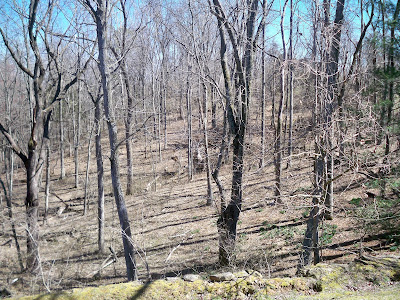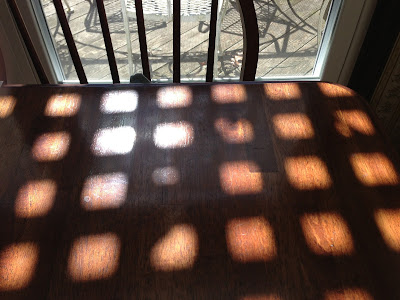Polling Place
The polling place in morning light, shadowy figures with pamphlets and lost causes. The parking lot is almost empty.
I’ve made the pilgrimage to this place in all times and weathers, alone and with children in tow. Several times I’ve stood in line. Usually not. One off-year I voted in a trailer.
Yesterday I went with someone new to this country, someone who jokes that where he’s from, the politicians pay the voters — rather than the other way around.
He helps me see us as the beacon that we are — helps me hope that we remain that way as long as we can.




